Heirloom seeds are what our great-grandparents called “seeds.” My mother often complained during my childhood that you couldn’t buy tomatoes like her grandmother grew. The tomatoes in the grocery stores were hard, mealy, and tasteless. When a farmer’s market opened in our neighborhood, she would buy a bag of heirloom tomatoes every week and eat them whole like apples.
Heirloom seeds are just varieties that predate the industrial seeds that are commercially grown today. After World War II, new technology, new markets and plummeting fuel prices caused a rapid expansion in the average farm size, ushering in the era of industrial farming. Simultaneously, the rise of grocery chains and a shift in consumer demand meant produce had to be consistent in color and size, couldn’t bruise during shipping, and had to last on a shelf. Also, all produce had to be disease-resistant when grown in enormous, industrial monocrops.
Seed companies bred new varieties of crops with these qualities, and they replaced many older types of seeds. Some seed varieties have been lost entirely. A study in 1983 found that more than 90% of seeds available at the turn of the 20th century were no longer available.
Interest in heirloom seeds and traditional seed-saving began to grow in the 1970s and has steadily gained momentum. Heirloom vegetables have flavor and variety that consumers are rediscovering. Farmers and gardeners today grow a wide variety of heirloom crops, but the trend has left people with questions. What’s the hype really all about?
Why Buy Heirloom?
The number one reason to buy heirloom is the taste! A garden educator in Seattle once told me that the kids in her urban garden program often say they don’t like tomatoes. However, once they try the tomatoes being grown in the garden, they change their minds. She speculated that many of them had never tasted a tomato that wasn’t from a grocery store-and those kids, like my mom, can taste the difference.
That difference almost certainly wasn’t in how they were grown – conventional tomatoes are grown in sun and soil like any other plant. The difference is in the freshness and the seed variety. The tomatoes you will commonly see in the grocery stores are beefsteaks, romas or camparis, and they are picked green in order to survive shipping. On the other hand, urban gardens and local farms grow dozens of heirloom varieties. When eaten fresh out the garden, the variety and depth of flavor will astonish you.
Tomatoes are just one example, of course. There are heirloom apples that taste like nothing you’ve ever eaten. The apple varieties you can buy in the grocery store are a tiny fraction of all the varieties of apple grown. Each region of the world has a unique history of apple trees and cultivation, and hundreds of varieties of apple. My favorite tasting apples in the world grow next door to a house where I lived during college. The tree had been planted by homesteaders in the 1920s, and the current owner had no idea what kind of tree it was, or even if the variety of apple had a name.
Related Post: Seed Saving: 5 Things I Never Knew
Heirloom potatoes come in colors from bright yellow to deep purple. You can grow colorful ears of corn that have fed humans on this continent for centuries before European contact, pink and white tie-dye beets, rainbow carrots, or striped tomatoes. Half the fun of planting heirlooms is the excitement of choosing from such an amazing variety of beautiful and delicious plants!
One major reason given for growing modern, industrial seed is their productivity and disease resistance, because they are bred to be grown in enormous monocrops. However, some heirloom varieties may be more hardy and productive than their modern counterparts. Historically, seeds were bred, grown, and sold regionally, by small to mid-sized seed companies. The seeds sold locally were well-adapted to their region. By contrast, industrial seeds are often not very tolerant to frost, drought, poor soil, and other factors that vary by region. Heirloom seeds which have been historically grown in your region may grow as well as industrial seeds, if not better.
Finally, planting heirloom seeds helps create market demand that will keep these plants available for future generations to grow. Seeds can be saved in seed banks, but the best way to keep seeds and seed genetics safe for the future is to grow them every year in gardens and farms all over the world.
What is the Difference Between Heirloom and Hybrid?
Heirloom seeds are often marked “heirloom/open-pollinated.” Let’s decipher that.
Open-pollinated seeds are varieties that are expected to “breed true”—that is, their offspring will be similar in size, color, flavor, and genetic make-up. All heirloom seeds are open-pollinated, but not all open-pollinated seeds are heirlooms.
The opposite of open-pollinated is hybrid. Everybody get out your high school biology textbooks. Remember Mendel? The classic breeding exercise has red peas crossed with white peas to get pink peas. The pink pea is a hybrid. It is, in fact, an F1 hybrid—the F stands for filial, from the Latin filius/filia meaning son or daughter. The 1 means it is the first generation after the cross.
The white and red peas are open-pollinated. You can cross a white pea with a white pea and you will always get a white pea. They breed true.
The hybrid, however, will not breed true. If you cross the pink pea with anything else—white, red or pink—the offspring will be inconsistent. That is, if you planted all the seeds from that cross (the F2 cross, short for “2nd filial generation”) the plants would have many different characteristics. Some would be white, some would be red, some would be pink.
This means that hybrid varieties are no good for anyone who wants to save their seeds to replant. However, there are great hybrid seeds out there! Seed breeders know that gardeners and consumers are becoming more and more interested in flavor and quality. They are developing new hybrids that are delicious and prolific.
Seed breeders are also developing new open-pollinated varieties through selective breeding. That’s why not all open-pollinated seeds are heirloom. Just because a seed variety was developed in the 20th century doesn’t mean it is soulless or tasteless! My partner’s favorite thing to grow, the Carmen red roasting pepper, is an F1 hybrid.
Where to Buy Heirloom Seeds
Most places that stock organic seed will stock heirloom seeds also. However, if you have a specific heirloom variety in mind you may have to go online or to a mail-order catalog to find it. I buy seeds from garden stores or the local co-op grocery when I am really late on my seeding, or when I just want a few packets of seeds. I don’t want to pay shipping if I am only buying 2 packets of lettuce seed.
If I have enough time to wait for shipping and if I want to order a large quantity, the internet is the place to look. One of my favorite winter activities is ordering seeds for the farm. In January every year my partner and I sit by the fire with a glass of last September’s cider and some roasted chestnuts and go nuts in online seed catalogs.
So many companies sell heirloom seeds, it is easy to get lost. We usually buy from at least five different seed companies every season. Some specific varieties like the Striped Roman tomato are only available from one or two seed breeders. Other seeds are widely available. You can experiment to choose your favorite company.
In a normal year we order some seeds from all of these companies:
- Johnny’s Seeds
- Osborne Seed Co
- High Mowing Seeds
- Baker Creek Heirloom Seeds
- Territorial Seed Co
- Uprising Seeds
- Grow Organic
- Adaptive Seeds
Over time we have gotten a sense of which seeds and varieties each company excels at. Of course, these are just a few of the many options out there! Some companies, like Adaptive, specialize in seeds adapted to a region of the country or the world. Investigate your regional seed breeders!
If you are looking for a rare seed historically grown in your region, try asking your local agricultural extension service. Often the extensions of land-grant universities have seed banks, but they may or may not sell to gardeners. Your local community may have a seed-saving exchange also. Interesting varieties may be available, but the quality of seed is likely to vary. You will probably get less consistent germination and plant quality.
You can buy heirloom trees as well. Your local nursery may not grow heirloom fruit and nut varieties, but you can order trees online and have them shipped to you. Burnt Ridge Nursery in western Washington specializes in heritage varieties that thrive in the Pacific Northwest, but ships throughout the country.
The bottom line is that heirloom seeds are great eating and worth preserving. I feel a sense of excitement and nostalgia when I plant heirloom seeds because it makes me feel like a living part of history. When we grow heirloom seeds we are part of something much bigger than ourselves—we are part of a living tradition of food that connects the future with the past.


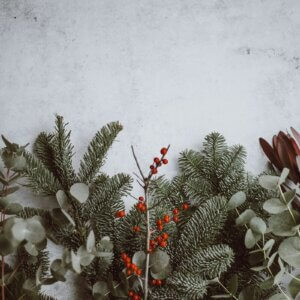
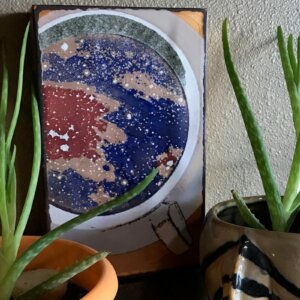
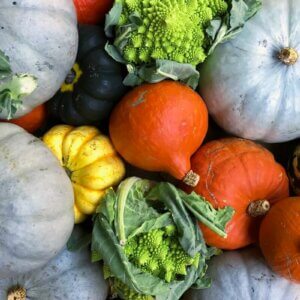



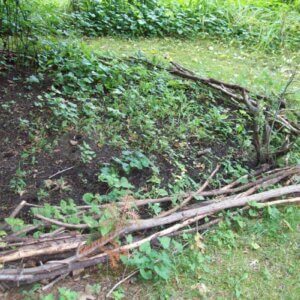

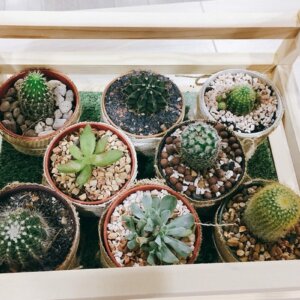




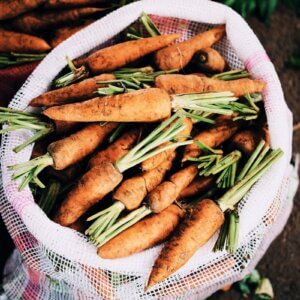




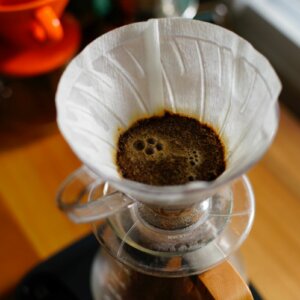



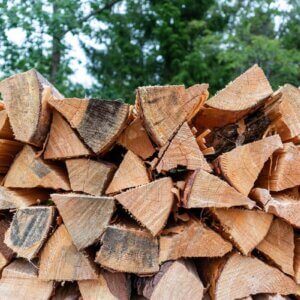
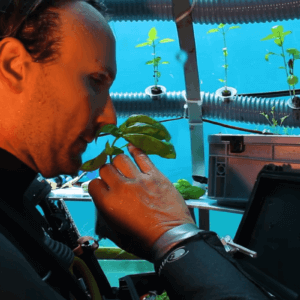




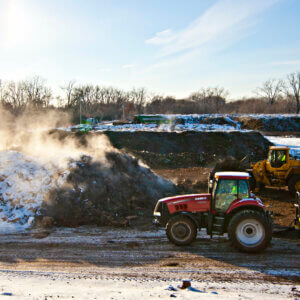

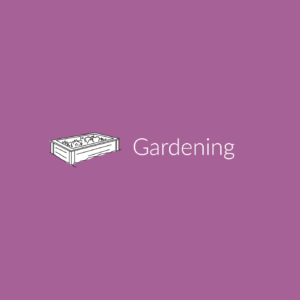


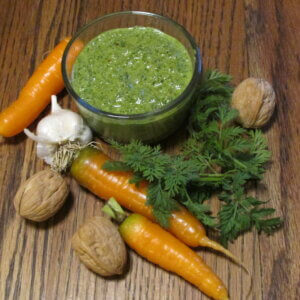




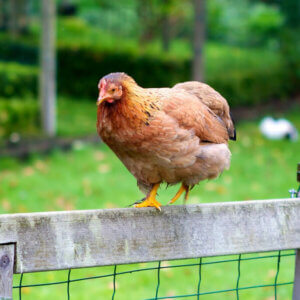

Leave a Reply